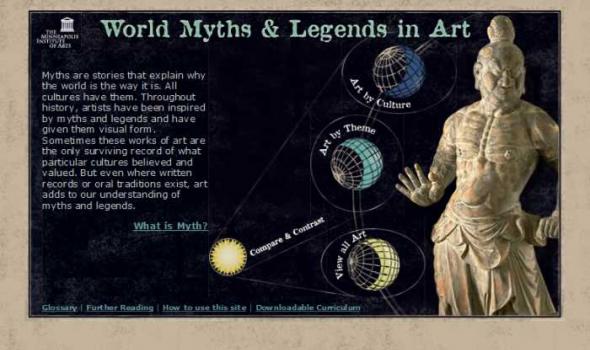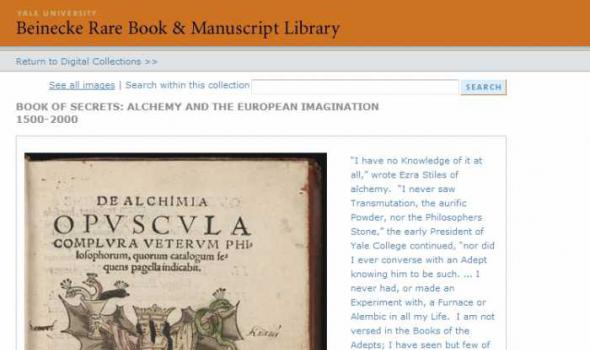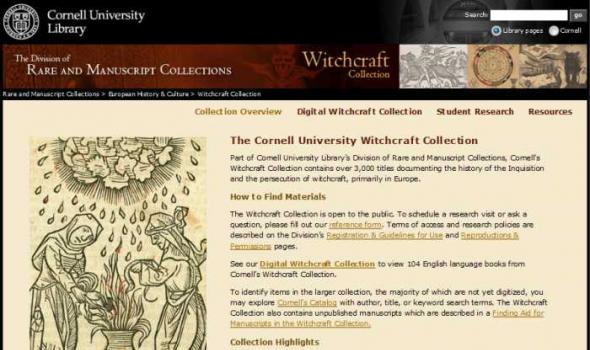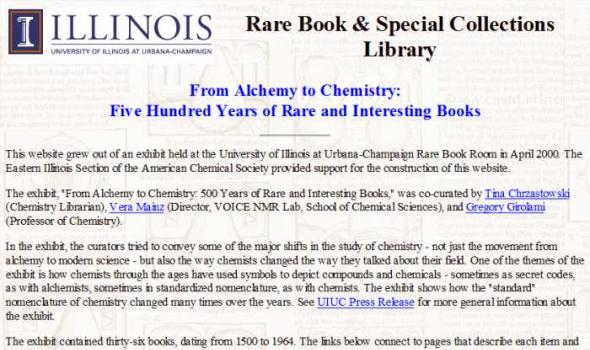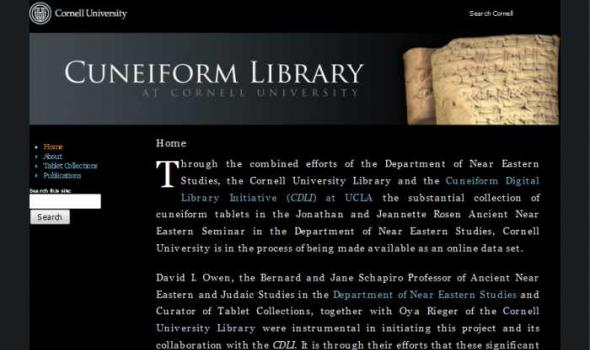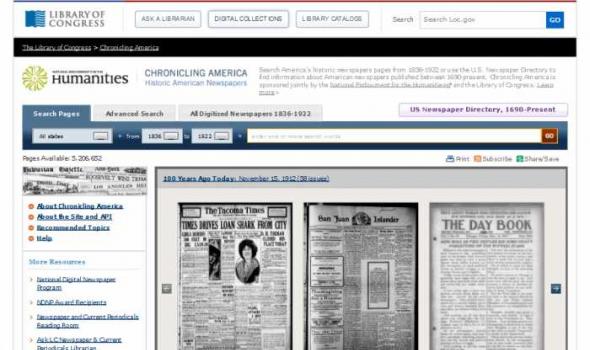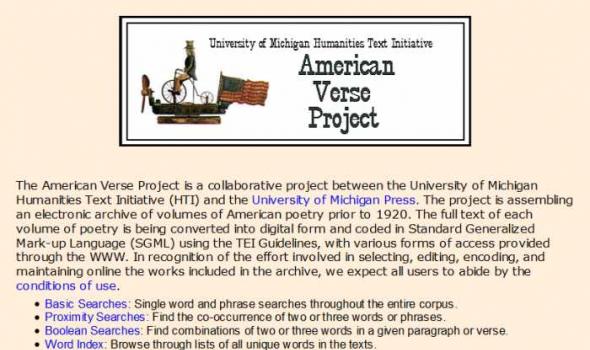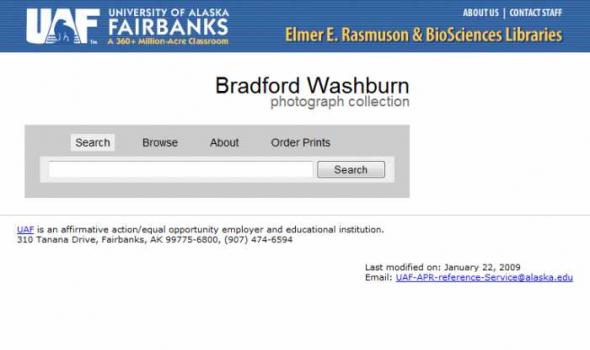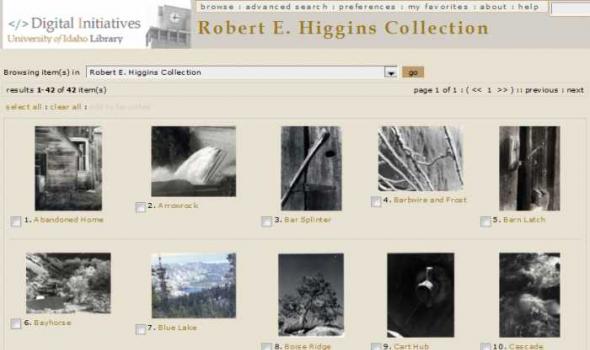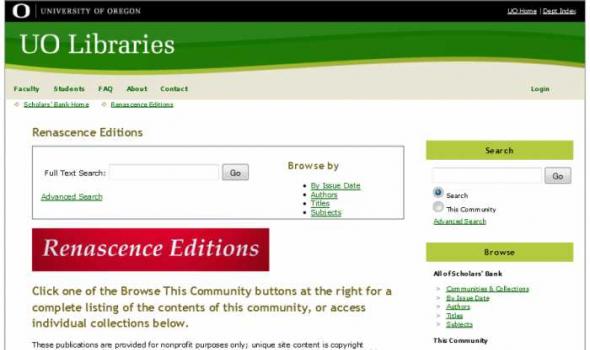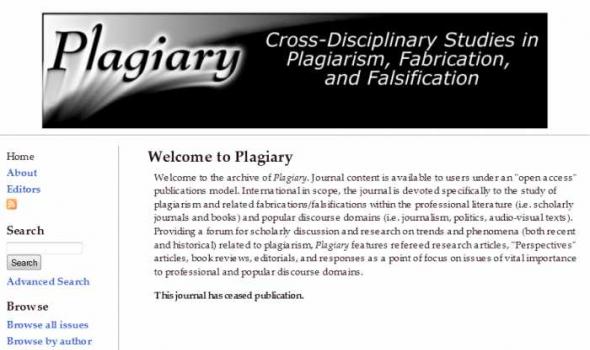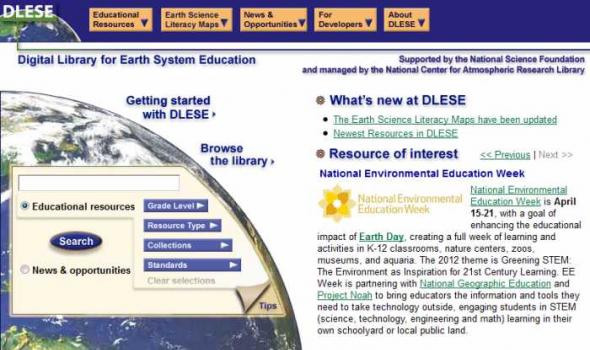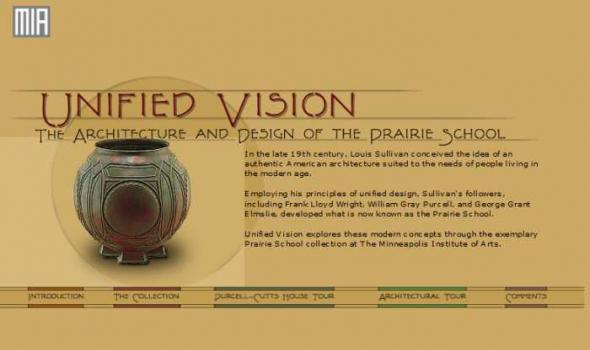Category: Esoterica
Results
Myths are stories that explain why the world is the way it is. All cultures have them. Throughout history, artists have been inspired by myths and legends and have given them visual form. Sometimes these works of art are the only surviving record of what particular cultures believed and valued. But even where written records or oral traditions exist, art adds to our understanding of myths and legends.
“I have no Knowledge of it at all,” wrote Ezra Stiles of alchemy. “I never saw Transmutation, the aurific Powder, nor the Philosophers Stone,” the early President of Yale College continued, “nor did I ever converse with an Adept knowing him to be such. ...
The Cornell University Witchcraft Collection Part of Cornell University Library’s Division of Rare and Manuscript Collections, Cornell's Witchcraft Collection contains over 3,000 titles documenting the history of the Inquisition and the persecution of witchcraft, primarily in Europe. How to Find Materials The Witchcraft Collection is open to the public. To schedule a research visit or ask a question, please fill out our reference form . Terms of access and research policies are described on the Division’s Registration & Guidelines for Use and Reproductions & Permissions pages. See our Digital Witchcraft Collection to view 104 English language books from Cornell’s Witchcraft Collection.
History of Medicine Harry Potter's World: Renaissance Science, Magic, and Medicine I n 1997, British author J. K. Rowling introduced the world to Harry Potter and a literary phenomenon was born. Millions of readers have followed Harry to the Hogwarts School of Witchcraft and Wizardry where he discovers his heritage, encounters new plants and animals, and perfects his magical abilities. Although a fantasy story, the magic in the Harry Potter books is partially based on Renaissance traditions that played an important role in the development of Western science, including alchemy, astrology, and natural philosophy.
From Alchemy to Chemistry: Five Hundred Years of Rare and Interesting Books This website grew out of an exhibit held at the University of Illinois at Urbana-Champaign Rare Book Room in April 2000. The Eastern Illinois Section of the American Chemical Society provided support for the construction of this website. The exhibit, "From Alchemy to Chemistry: 500 Years of Rare and Interesting Books," was co-curated by Tina Chrzastowski (Chemistry Librarian), Vera Mainz (Director, VOICE NMR Lab, School of Chemical Sciences), and Gregory Girolami (Professor of Chemistry).
The Mercator Globes Gerard Mercator was a publisher of maps and atlases but he also published two globes — the terrestrial globe of 1541 and the celestial globe of 1551. The globes were an instant commercial success and were the largest (42 cm) that had been produced to date. This online exhibit allows the viewer to study detailed images for each of the globes. The globes are now on permanent exhibit just outside of the entrance to the Map Collection in Pusey Library. Viewing Features of the Exhibition This exhibition offers a unique approach for viewing each globe.
Isaac Newton, like Albert Einstein, is a quintessential symbol of the human intellect and its ability to decode the secrets of nature. Newton's fundamental contributions to science include the quantification of gravitational attraction, the discovery that white light is actually a mixture of immutable spectral colors, and the formulation of the calculus. Yet there is another, more mysterious side to Newton that is imperfectly known, a realm of activity that spanned some thirty years of his life, although he kept it largely hidden from his contemporaries and colleagues.
